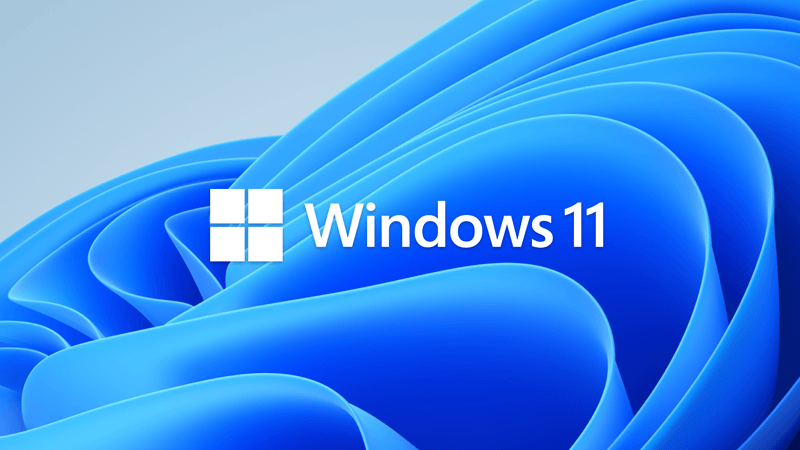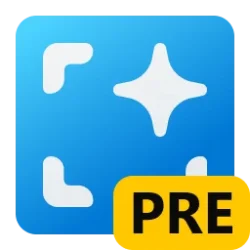This tutorial will show you how to turn on or off DLNA media streaming for your account or all users in Windows 10 and Windows 11.
DLNA media streaming allows you to share media from your account's personal Music, Pictures, PlayLists, and Videos folders to other users (same computer), computers, and DLNA supported devices on your network. It also allows you to receive media from other computers and DLNA supported devices.
If you turn on media streaming, your current network profile and firewall settings will be modified. You should only turn on media streaming on networks that you trust, such as home or work networks.
- Option One: Turn On DLNA Media Streaming for Current User
- Option Two: Turn Off DLNA Media Streaming for Current User
- Option Three: Enable or Disable DLNA Media Streaming for All Users in Local Group Policy Editor
- Option Four: Enable or Disable DLNA Media Streaming for All Users using REG file
EXAMPLE: Your shared media library displayed as a media server device on another allowed Windows PC in File Explorer > This PC
1 Open the Control Panel (icons view), and click/tap on the Network and Sharing Center icon.
2 Click/tap on the Media streaming options link on the left side of Network and Sharing Center. (see screenshot below)
3 Click/tap on Turn on media streaming. (see screenshot below)
4 Type a name you want for your media library in the Name your media library box.
This will be the name of the media server shown on devices you allowed to share you media library with.
If you have a local account, your media library name will be the same as your account name by default.
If you have a Microsoft account, your media library name will be the same as the email address used for your Microsoft account.
5 You can now change the following if wanted: (see screenshots below)
- Customize media streaming settings for devices.
- Allow or block available devices access to your shared media on your Local network and/or All networks.
6 Click/tap on OK when finished. (see screenshot below)
1 Open the Control Panel (icons view), and click/tap on the Network and Sharing Center icon.
2 Click/tap on the Media streaming options link on the left side of Network and Sharing Center. (see screenshot below)
3 Click/tap on Block All, and click/tap on OK. (see screenshot below)
4 You can now close the Network and Sharing Center if you like.
You must be signed in as an administrator to use this option.
The Local Group Policy Editor is only available in the Windows 10/11 Pro, Enterprise, and Education editions.
All editions can use Option Four to configure the same policy.
1 Open the Local Group Policy Editor (gpedit.msc).
2 Navigate to the policy location below in the left pane of the Local Group Policy Editor. (see screenshot below)
3 In the right pane of Windows Media Player in the Local Group Policy Editor, double click/tap on the Prevent Media Sharing policy to edit it. (see screenshot above)
4 Do step 5 (enable) or step 6 (disable) below for what you want.
This is the default setting to allow users to use Option One to turn on media streaming.
This will disable and prevent users from using Option One to turn on media streaming.

7 Close the Local Group Policy Editor.
You must be signed in as an administrator to use this option.
1 Do step 2 (enable) or step 3 (disable) below for what you would like to do.
This is the default setting to allow users to use Option One to turn on media streaming..
(Contents of REG file for reference)
Windows Registry Editor Version 5.00
[HKEY_LOCAL_MACHINE\SOFTWARE\Policies\Microsoft\WindowsMediaPlayer]
"PreventLibrarySharing"=-This will disable and prevent users from using Option One to turn on media streaming.

(Contents of REG file for reference)
Windows Registry Editor Version 5.00
[HKEY_LOCAL_MACHINE\SOFTWARE\Policies\Microsoft\WindowsMediaPlayer]
"PreventLibrarySharing"=dword:000000014 Save the REG file to your desktop.
5 Double click/tap on the downloaded REG file to merge it.
6 When prompted, click/tap on Run, Yes (UAC), Yes, and OK to approve the merge.
7 You can now delete the downloaded REG file if you like.
That's it,
Shawn Brink
- Install or Uninstall Windows Media Player Legacy app in Windows 11
- Allow or Block DLNA Media Streaming Devices in Windows 10 and Windows 11
- Add or Remove Media Server in Windows 11 File Explorer
- Customize DLNA Media Streaming Settings in Windows 10 and Windows 11
- Remove DLNA Media Streaming Device from List in Windows 10 and Windows 11
- Download and Install Media Feature Pack for Windows 11 N Editions
- Connect to Wireless Display with Miracast in Windows 11
- Change DLNA Media Server Name in Windows 10 and Windows 11
















